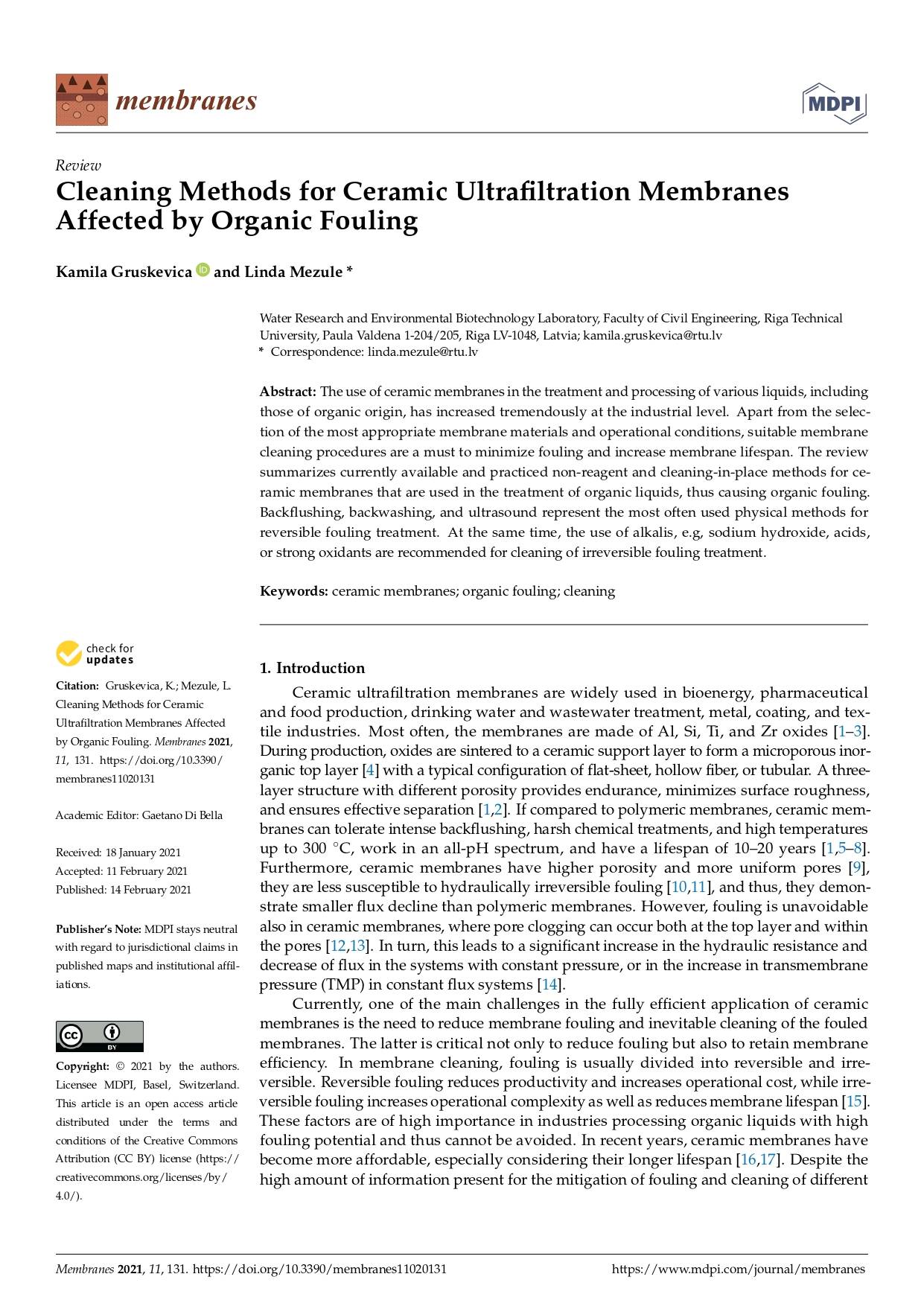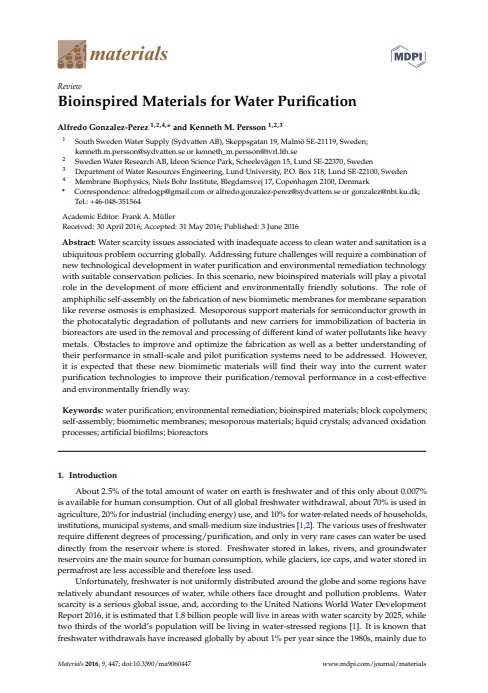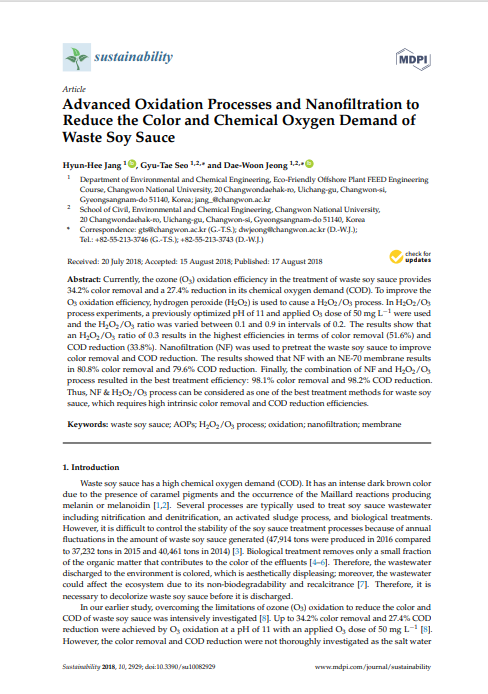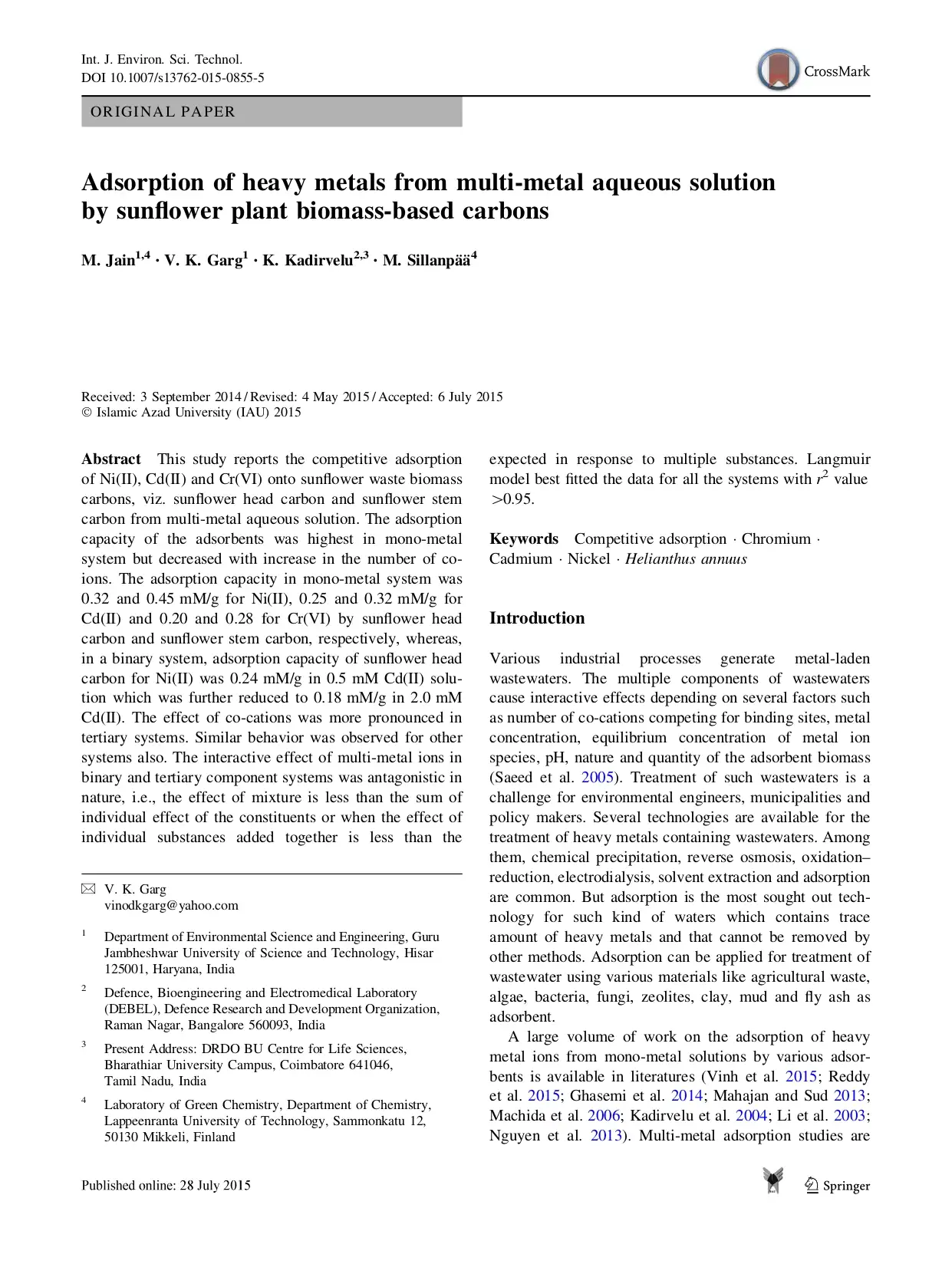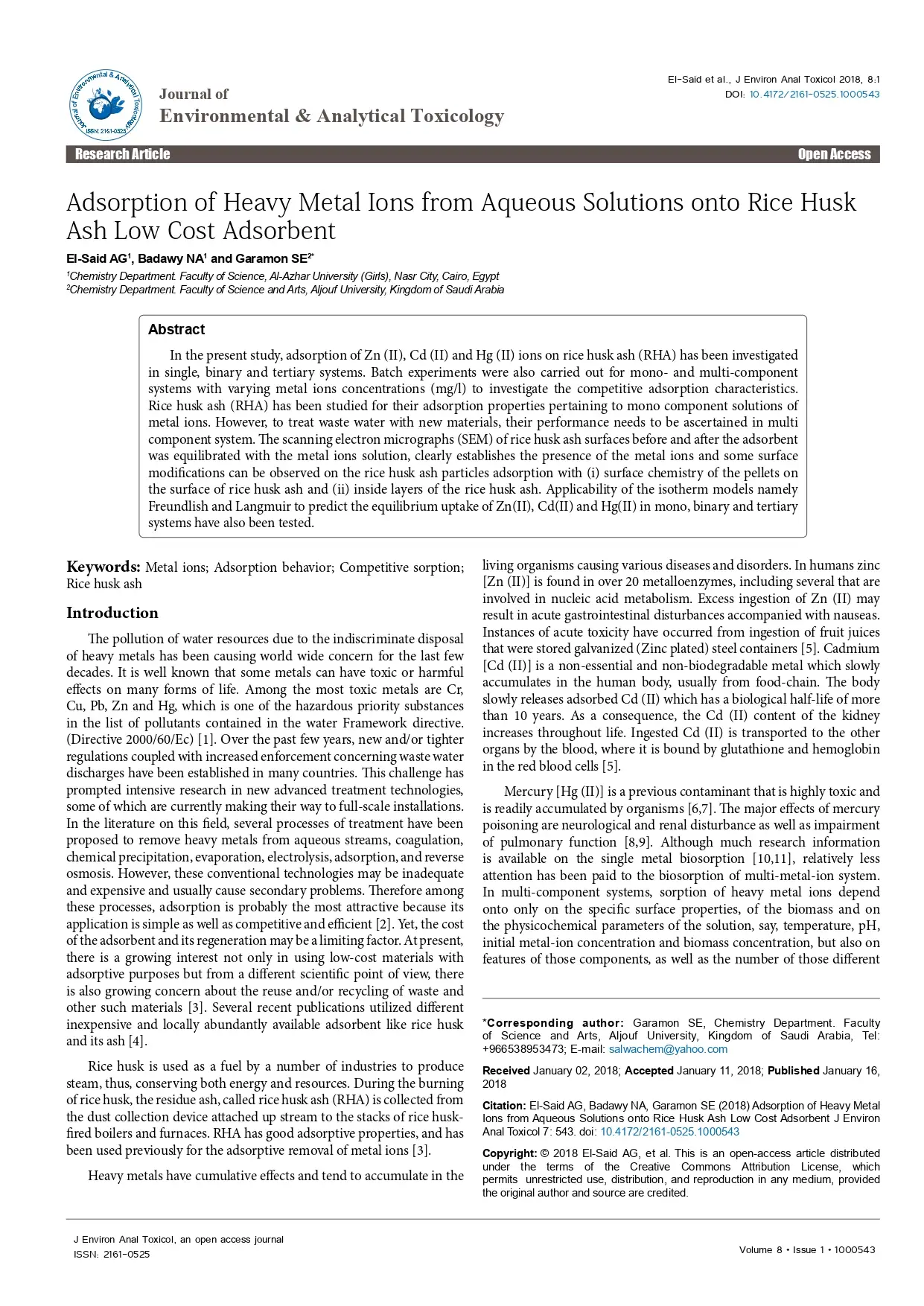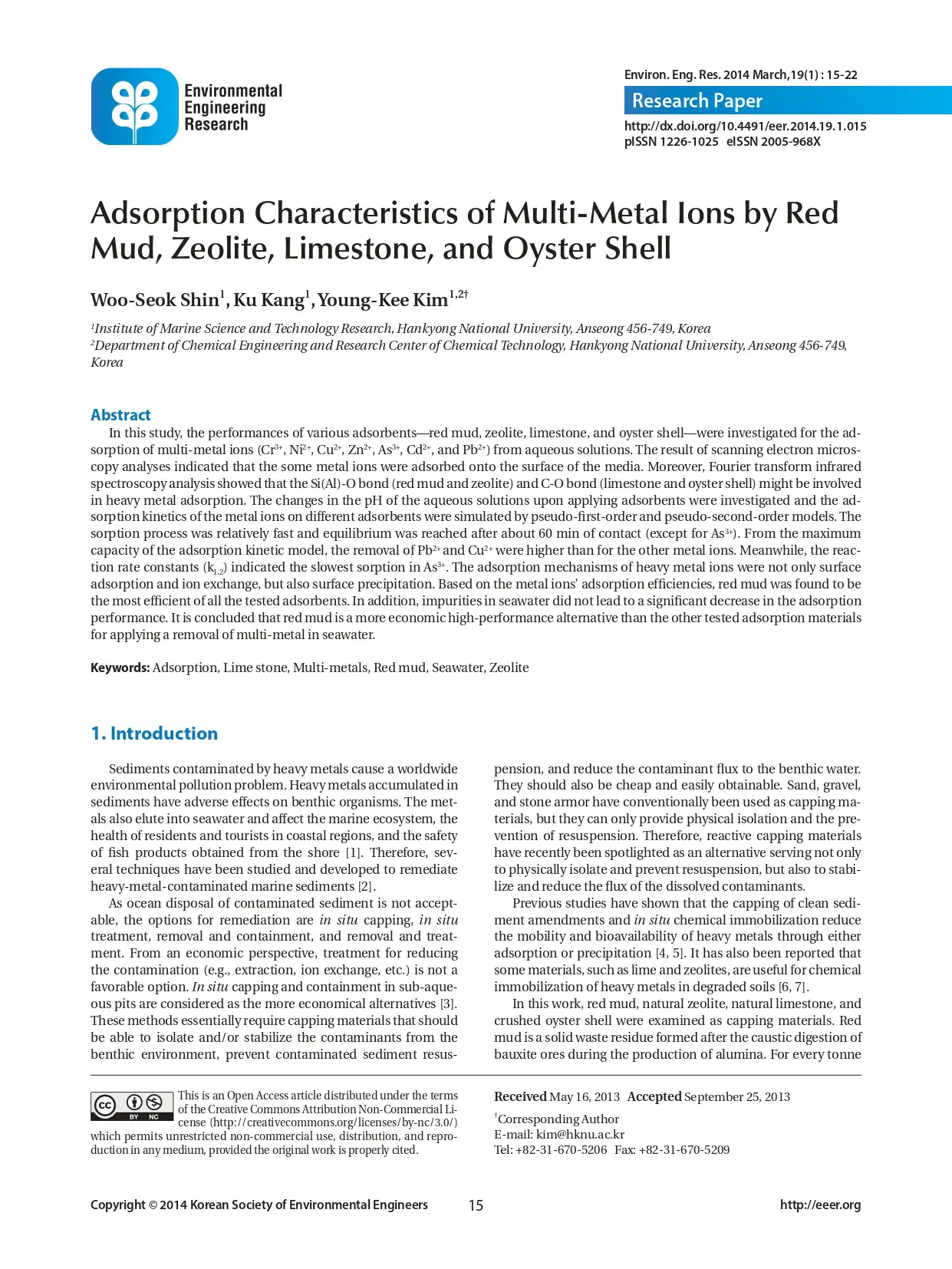Chemical Cleaning of Reverse Osmosis Membranes Foul by Whey
Introduction
The aim of this research was to establish a rationale for cleaning reverse osmosis membranes contaminated with whey.
The whey was treated with FT30 RO hydrophilic polyamide film.
The effects of operating conditions such as membrane pressure, temperature, and cross-flow velocity on flow behavior were demonstrated prior to the cleaning study.
Chemical Cleaning of Reverse Osmosis Membranes Foul by Whey
Introduction
The aim of this research was to establish a rationale for cleaning reverse osmosis membranes contaminated with whey.
The whey was treated with FT30 RO hydrophilic polyamide film.
The effects of operating conditions such as membrane pressure, temperature, and cross-flow velocity on flow behavior were demonstrated prior to the cleaning study.
Cleaning Methods for Ceramic Ultrafiltration Membranes Affected by Organic Fouling
Abstract:
The use of ceramic membranes in the treatment and processing of various liquids, including those of organic origin, has increased tremendously at the industrial level. Apart from the selection of the most appropriate membrane materials and operational conditions, suitable membrane cleaning procedures are a must to minimize fouling and increase membrane lifespan. The review summarizes currently available and practiced non-reagent and cleaning-in-place methods for ceramic membranes that are used in the treatment of organic liquids, thus causing organic fouling. Backflushing, backwashing, and ultrasound represent the most often used physical methods for reversible fouling treatment. At the same time, the use of alkalis, e.g, sodium hydroxide, acids, or strong oxidants is recommended for cleaning of irreversible fouling treatment.
Cleaning Methods for Ceramic Ultrafiltration Membranes Affected by Organic Fouling
Abstract:
The use of ceramic membranes in the treatment and processing of various liquids, including those of organic origin, has increased tremendously at the industrial level. Apart from the selection of the most appropriate membrane materials and operational conditions, suitable membrane cleaning procedures are a must to minimize fouling and increase membrane lifespan. The review summarizes currently available and practiced non-reagent and cleaning-in-place methods for ceramic membranes that are used in the treatment of organic liquids, thus causing organic fouling. Backflushing, backwashing, and ultrasound represent the most often used physical methods for reversible fouling treatment. At the same time, the use of alkalis, e.g, sodium hydroxide, acids, or strong oxidants is recommended for cleaning of irreversible fouling treatment.
Adsorption of Heavy Metals from Multi-Metal Aqueous Solution by Sunflower Plant Biomass-Based Carbons
Abstract
This study reports the competitive adsorption
of Ni(II), Cd(II) and Cr(VI) onto sunflower waste biomass
carbons, viz. sunflower head carbon and sunflower stem
carbon from multi-metal aqueous solution.
Adsorption of Heavy Metals from Multi-Metal Aqueous Solution by Sunflower Plant Biomass-Based Carbons
Abstract
This study reports the competitive adsorption
of Ni(II), Cd(II) and Cr(VI) onto sunflower waste biomass
carbons, viz. sunflower head carbon and sunflower stem
carbon from multi-metal aqueous solution.
Adsorption of Heavy Metal Ions from Aqueous Solutions onto Rice Husk Ash Low Cost Adsorbent
Abstract
In the present study, adsorption of Zn (II), Cd (II) and Hg (II) ions on rice husk ash (RHA) has been investigated in single, binary and tertiary systems.
Batch experiments were also carried out for mono-and multi-component systems with varying metal ions concentrations (mg/l) to investigate the competitive adsorption characteristics.
Adsorption of Heavy Metal Ions from Aqueous Solutions onto Rice Husk Ash Low Cost Adsorbent
Abstract
In the present study, adsorption of Zn (II), Cd (II) and Hg (II) ions on rice husk ash (RHA) has been investigated in single, binary and tertiary systems.
Batch experiments were also carried out for mono-and multi-component systems with varying metal ions concentrations (mg/l) to investigate the competitive adsorption characteristics.
Adsorption Characteristics of Multi-Metal Ions by Red Mud, Zeolite, Limestone and Oyster Shell
Abstract
In this study, the performance of different adsorbents—red clay, zeolite, limestone, and oyster shell—for adsorption of polymetallic ions (Cr3+, Ni2+, Cu2+, Zn2+, As3+, Cd2+, and Pb2+) were investigated from aqueous solutions.
Adsorption Characteristics of Multi-Metal Ions by Red Mud, Zeolite, Limestone and Oyster Shell
Abstract
In this study, the performance of different adsorbents—red clay, zeolite, limestone, and oyster shell—for adsorption of polymetallic ions (Cr3+, Ni2+, Cu2+, Zn2+, As3+, Cd2+, and Pb2+) were investigated from aqueous solutions.





